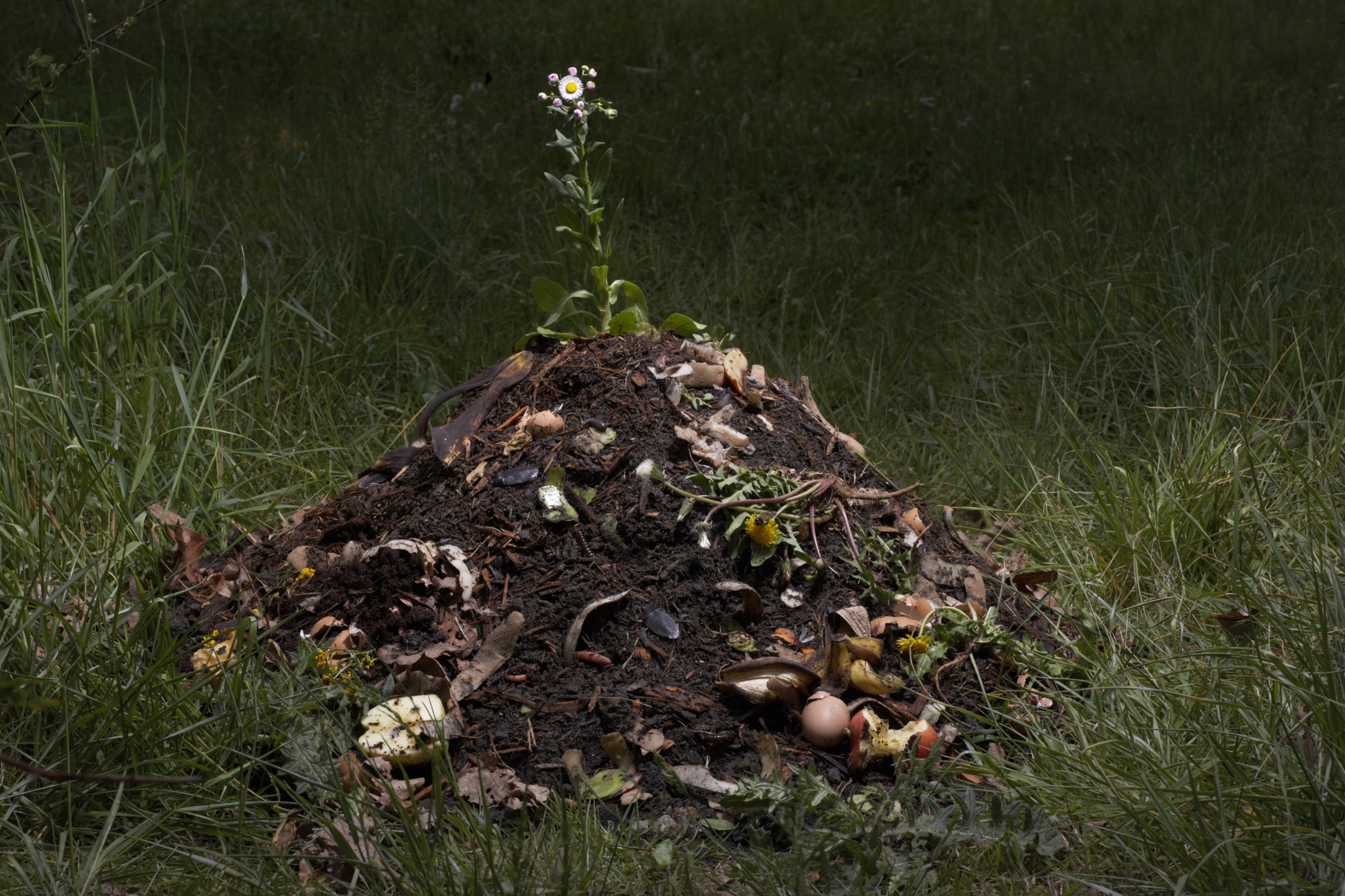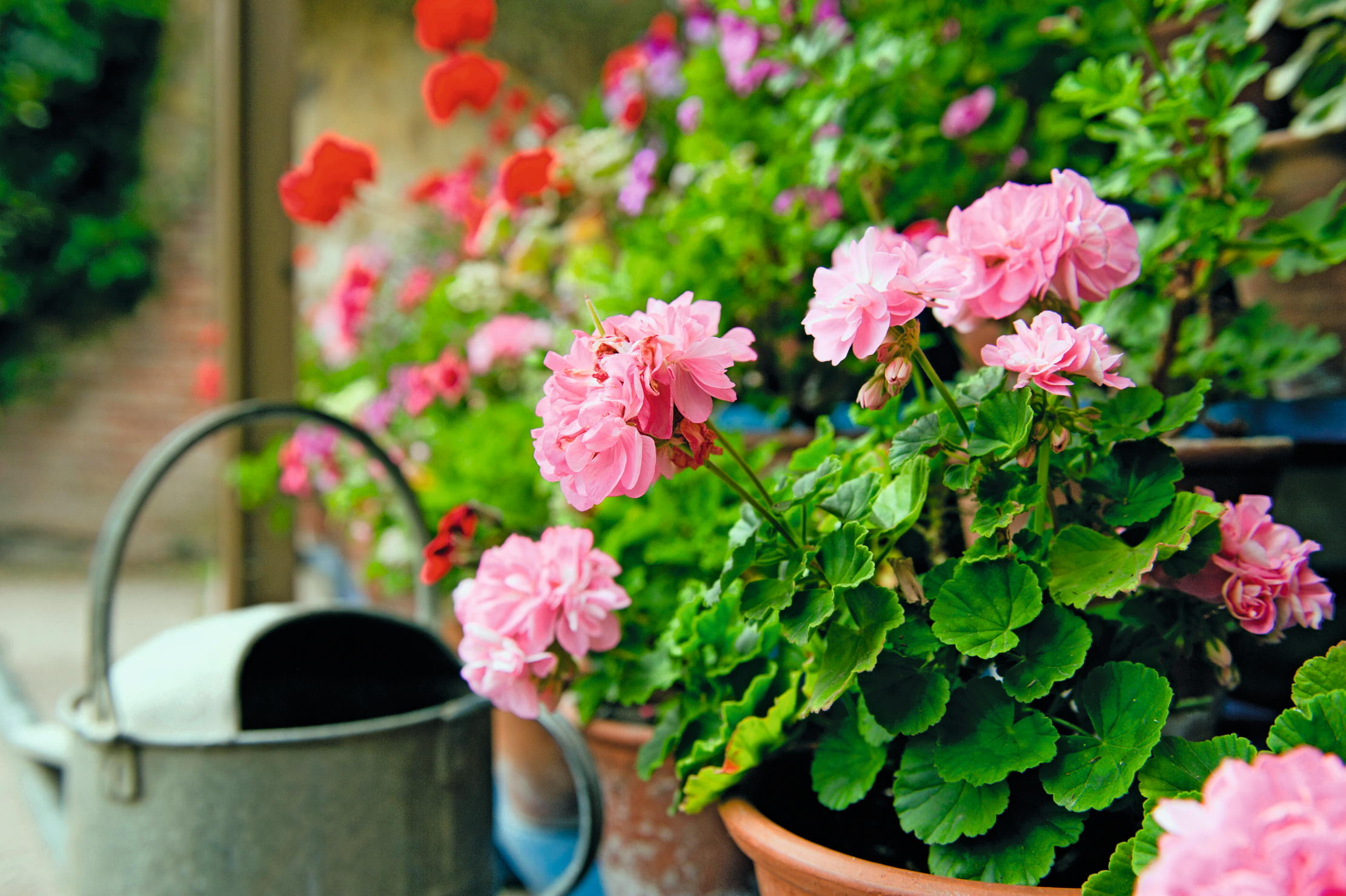Alan Titchmarsh: I've been looking for the answer to peat-free compost — and now I think I've found it
Alan Titchmarsh delves into the history of compost, and has finally found something that can replace the brilliant but environmentally unsustainable peat-based formulae.


Had you been reading about greenhouse gardening in Country Life 100 years ago, the magazine would have offered you and your head gardener many helpful hints on the different mixtures of potting compost. It would have considered which was best for the different kinds of plants that populated your extensive range of glasshouses, from carnations and gardenias to chrysanthemums and tomatoes, orchids and ferns.
Each of these would have required a particular formula to give off their best. Ingredients such as crushed oystershell, charcoal, brick dust, medium loam, cow dung, silver sand and osmunda fibre would be recommended in various specific ratios to any head gardener who wanted to shine in the eyes of his employer and fill his potting shed wall with ‘First Prize’ cards from the local flower show. The mixing of these complex confections, however, was time consuming and tedious.
Then, in 1939, came the revolutionary work of W. J. C. Lawrence and J. Newell, who were instrumental in developing two simple, but effective compost formulae that would suit a wide range of plants, from seeds and cuttings to mature specimens. They consisted of a carefully proportioned mixture of loam, peat and sand, to which fertiliser was added. To this day, they carry the name of the research institute, then located in Hertford, where they were developed: the John Innes Composts.
A second revolution occurred in the 1960s, when so-called ‘soilless’ composts were developed, Levington being among the first of these. They were based on peat, an inert and naturally sterile organic material to which fertiliser was added to provide nutrition. The lowland bogs of Britain and raised bogs of Ireland, as well as imports from Eastern Europe, offered a plentiful supply of this material.
The advantages of peat-based compost were that variable-quality loam was dispensed with, they were moisture-retentive, lightweight and consistent in quality. They required different management to loam-based composts and yet they held sway for about 50 years before the depredations of peat bogs — a painfully slowly regenerating and valuable natural resource — forced us to look for alternatives.
Now, for understandable conservation reasons, we are all encouraged to choose ‘peat-free’ composts. Is this a wise move? In theory, yes. The big problem for gardeners, however, is that the peat must be replaced with something. Coir (coconut waste) is often recommended and has the advantage of being relatively consistent, one coconut being much like another. Yet is it environmentally friendly when it must be transported across oceans in ships propelled by fossil fuels?
Other peat-free mixes are based on composted bark, frequently containing toxins that plants, particularly seedlings, find deleterious to growth. More composts are derived from organic waste, but how can that be consistent, when by its nature the stuff is variable from day to day and place to place? These alternatives dry out rapidly and quickly lose their nutrients.
Sign up for the Country Life Newsletter
Exquisite houses, the beauty of Nature, and how to get the most from your life, straight to your inbox.
Gardeners are struggling valiantly to find a moisture-retentive and nutrient-rich compost in which their plants are happy to grow year after year. Experimentation is necessary, but, in my experience, a brand that performs well one year may well turn out to be a disaster the next on account of the variability of the organic content. One way around this is to use a compost described as ‘peat free with added John Innes’. This has the advantage of loam and sand giving the compost more weight for stability and enhancing the nutrient- and moisture-holding capacity.
This year, having struggled for several seasons and found any kind of consistency to be lacking, I invested in Melcourt Sylva Grow John Innes 100% Peat Free Compost. It is available in No. 1, No. 2 and No. 3 strengths and the peat content has clearly been replaced with an organic and more environmentally friendly alternative. Desperate to get some life back into my greenhouse plants — pelargoniums were decidedly pallid in other mixes — I find they have turned a corner. They are a lustrous green, flower production is excellent and they need watering and feeding with far less frequency.
Perhaps this is the best compromise: sticking with the loam and sand content that made the John Innes mixes so manageable, but replacing the peat content with an organic alternative that is ameliorated by the other components. I’m glad to have gone back to my old friends Lawrence and Newell, at least in two out of the three ingredients, and so, too, it seems, are my pot plants.
Alan Titchmarsh is a professional gardener and broadcaster

Pelargoniums: The flowers that'll make your garden smile
John Hoyland celebrates the renewed popularity of the irrepressibly cheerful pelargonium.
Alan Titchmarsh is a gardener, writer, novelist and broadcaster.
-
 'There is nothing like it on this side of Arcadia': Hampshire's Grange Festival is making radical changes ahead of the 2025 country-house opera season
'There is nothing like it on this side of Arcadia': Hampshire's Grange Festival is making radical changes ahead of the 2025 country-house opera seasonBy Annunciata Elwes
-
 Welcome to the modern party barn, where disco balls are 'non-negotiable'
Welcome to the modern party barn, where disco balls are 'non-negotiable'A party barn is the ultimate good-time utopia, devoid of the toil of a home gym or the practicalities of a home office. Modern efforts are a world away from the draughty, hay-bales-and-a-hi-fi set-up of yesteryear.
By Annabel Dixon